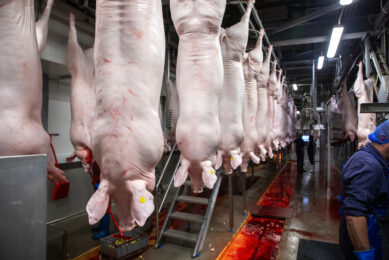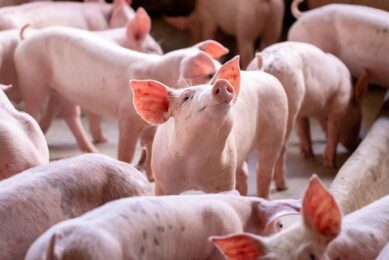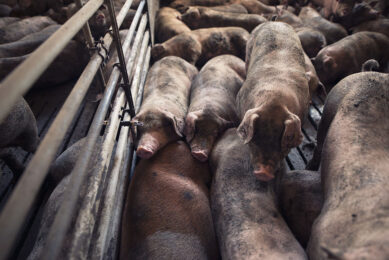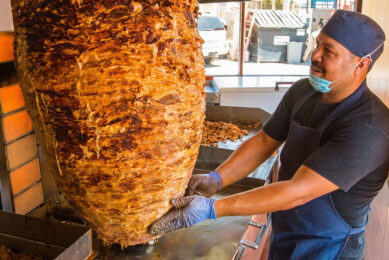US Homeland Security Plum Island lab develops an FMD vaccine
A US lab formerly aligned with the USDA’s Agriculture Research Service, now directed by the Department of Homeland Security has developed a vaccine against one strain of FMD.
At the Department of Homeland Security Science and Technology Directorate’s high-containment Plum Island Animal Disease Center (PIADC), located off the tip of Long Island, scientists have produced a molecular vaccine against one strain of FMD, that:
- does not use a live FMD virus for vaccine manufacture, and;
- can be used to differentiate an infected from inoculated animal using common diagnostic tests.
Vaccine problems
Traditional vaccines for FMD typically have three problems: first, there are so many different strains of the FMD virus that you must have a very well-matched vaccine to have any effect; second, traditional vaccines contain live FMD virus so they cannot be produced in the United States, and; third, depending on a vaccine’s quality, it can be nearly impossible to determine whether an animal is actually infected, or has simply been exposed to the vaccine.
Unless one can differentiate between vaccinated and infected animals, those animals vaccinated outside the US with the traditional vaccine would be prohibited from entering any country that is designated FMD free. The United States has been FMD-free since 1929, but that is no guarantee that the disease will not strike again, as the UK learned in 2001 after being FMD-free for 34 years.
Discriminating between vaccinated and infected animals
The FMD viral structure includes genetic material surrounded by a coat of proteins called a capsid. The new vaccine produces only the virus coat particles, which form empty viral capsids, and not the entire genome of the virus; thus it lacks the infectious viral nucleic acids. When the vaccine is injected into the animal the resulting empty viral capsids trigger a protective immune response.
“The absence of the nucleic acids of the real virus allows us to differentiate between vaccinated and infected animals,” said Grubman. “This is critical when determining that an animal is free of infection after an FMD outbreak. Now it will no longer be necessary to destroy all the animals in a herd when just a few become infected.”
New discoveries
The development of the vaccine was a team effort that required new scientific discoveries in order to work properly. Dr John Neilan, the Branch Chief of the DHS Targeted Advanced Development Branch at PIADC, developed a way to address the immune response to the vaccine, which made it possible to achieve the level of effectiveness required for a USDA license. The vaccine has been granted conditional license for use in cattle by the USDA Animal and Plant Health Inspection Service’s Center for Veterinary Biologics. Under the conditional license, the product may be distributed should the need for it arise, as authorized by federal emergency management officials within USDA. APHIS issued the conditional license to Antelope Valley Bios, Inc, who manufactured the vaccine under a contract from GenVec.
There are seven known serotypes and more than 60 subtypes of the FMD virus, and there is no universal vaccine against the disease. Potential cost of an FMD outbreak in United States could exceed US$50 billion. FMD is present today in Africa, the Middle East, Asia, and parts of South America.
PIADC has entered into a cooperative research and development agreement with an industry partner, Merial, to evaluate the FMD vaccine production process. PIADC’s Science and Technology (S&T) is also funding efforts to develop vaccines against other foreign animal disease threats such as classical swine fever, African swine fever, and Rift Valley fever.
Related website:
• PIADC











